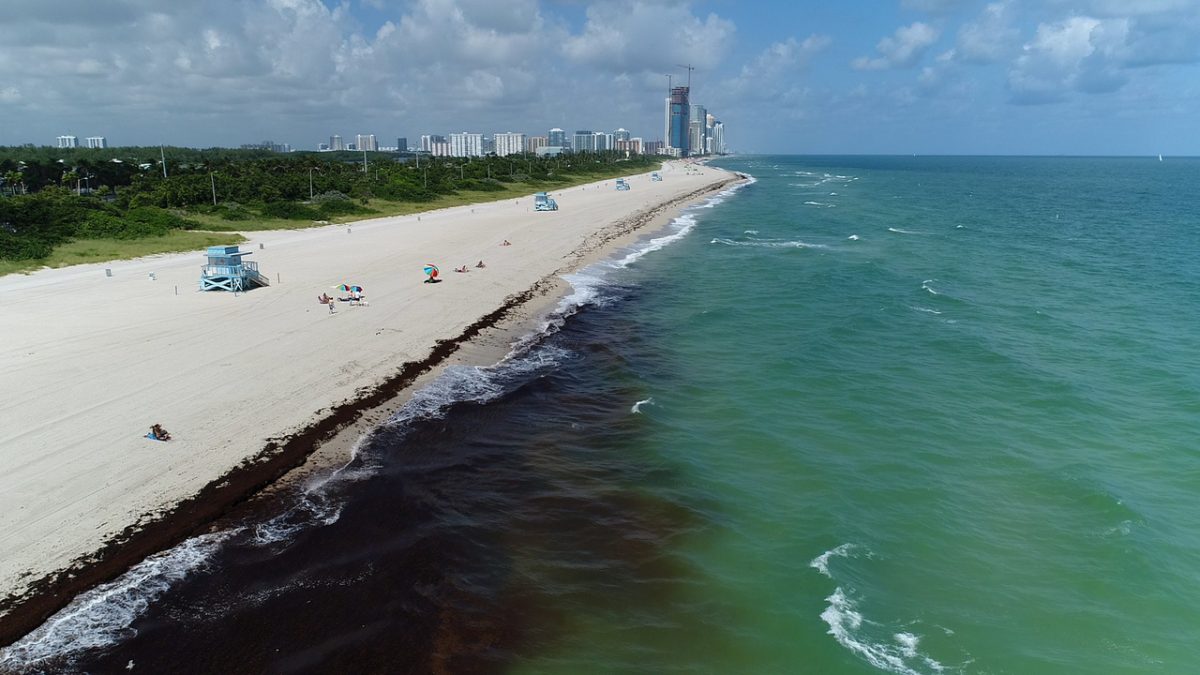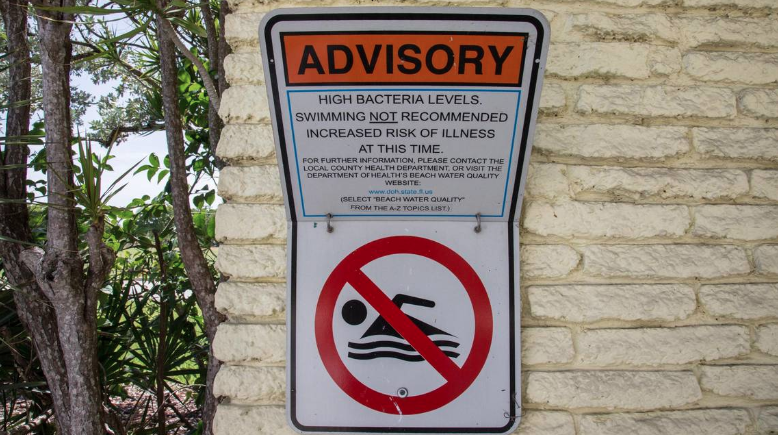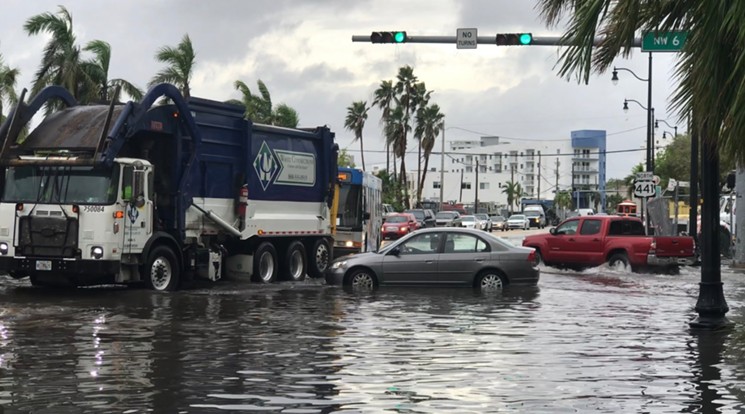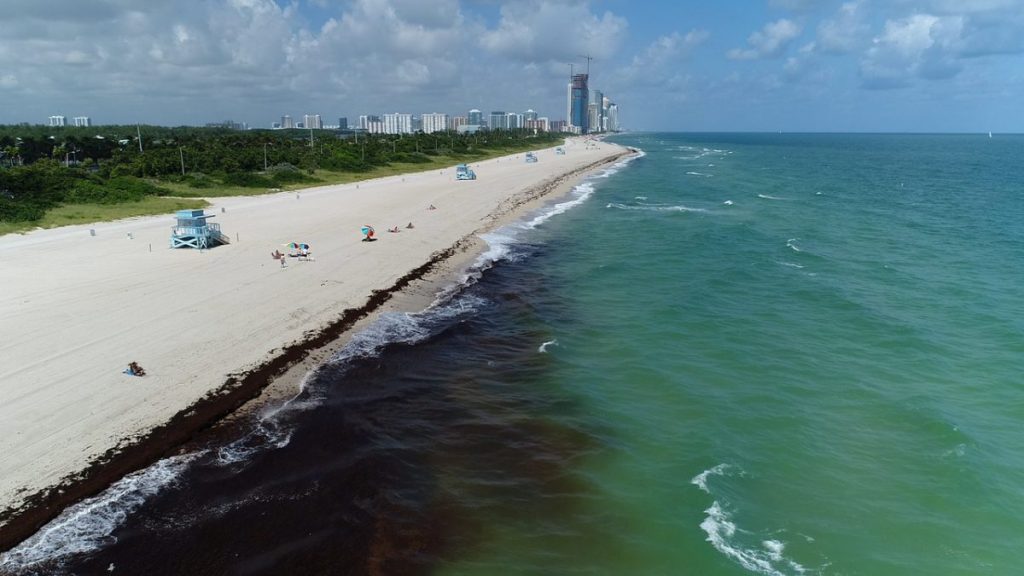
A power outage at the Miami-Dade Water and Sewer Department’s Central District Wastewater Treatment Plant resulted in 100,000 gallons of treated waste being released into the ocean.
On Saturday, Oct. 12th, a no swimming advisory was posted at affected beach areas within Virginia Key, Key Biscayne, and Fisher Island, and was lifted October 17th.
Swimming advisories are becoming a common occurrence in the Miami-Dade area.

The Florida Department of Health previously posted swimming advisories for five beaches in the Miami Dade area the week of Sept. 29 due to high levels of enterococci bacteria found in the water. Swimmers were recommended to stay out of the ocean at Crandon North, Virginia Key, Key Biscayne Beach Club, Cape Florida, and Surfside 93rd Street.
Enterococci bacteria are an indicator of fecal pollution in the water. It can come from stormwater runoff, wildlife and pets, and human sewage. If ingested or if it enters the body through an open cut, enterococci can cause gastrointestinal issues.
Miami Waterkeeper, an organization that monitors beach water quality, tests the water every Monday. The weeks of the advisories had tests exceeding the Environmental Protection Agency’s acceptable level for enterococci bacteria.
Lauren Bracken, the Program Director for Miami Waterkeeper, said it is not possible to pinpoint exactly where the enterococci come from because there can be so many contributing factors, but the high levels from the week of September 29 were most likely from the King Tide, an especially high tide that causes lots of flooding. The water washed ashore and then brought pollutants from land back into the ocean, including sewage matter.

Another contributor to the high levels of enterococci is the sewage infrastructure. If there is an active sewage leak, there will be high levels of bacteria in the ocean.
“Miami has an aging sewage infrastructure that leads to pipe leaks that enter the ocean,” Bracken said. The county is also still using septic tanks. Over time, this waste sinks through the ground into the water.
If the infrastructure is not fixed, bacteria levels are expected to continue entering the ocean at high frequencies and cause more unsafe swimming environments.
Dr. Helena Solo-Gabriele, a professor in the Department of Civil, Architectural, and Environmental Engineering, said it’s important to maintain basic hygiene at beaches.
“Sand contains a lot of the bacteria so it is easily washed into the ocean. Keeping garbage cans covered and away from sand and having bathroom facilities near beaches can help reduce the enterococci entering the ocean,” Solo-Gabriele said.

The issue has students fearful and calling for action.
“Something needs to be done to regulate where sewage waste is being dumped into our waters,” said Patrick Bullock, a sophomore majoring in business law. He said it is up to the county to fix the major sources of fecal pollution.
“I think it’s important that something is done about all these bacteria being found,” said Emma Rodriguez, a freshman majoring in communications. “The beach is one of my favorite places and something we should ensure is safe for everyone to enjoy.”






